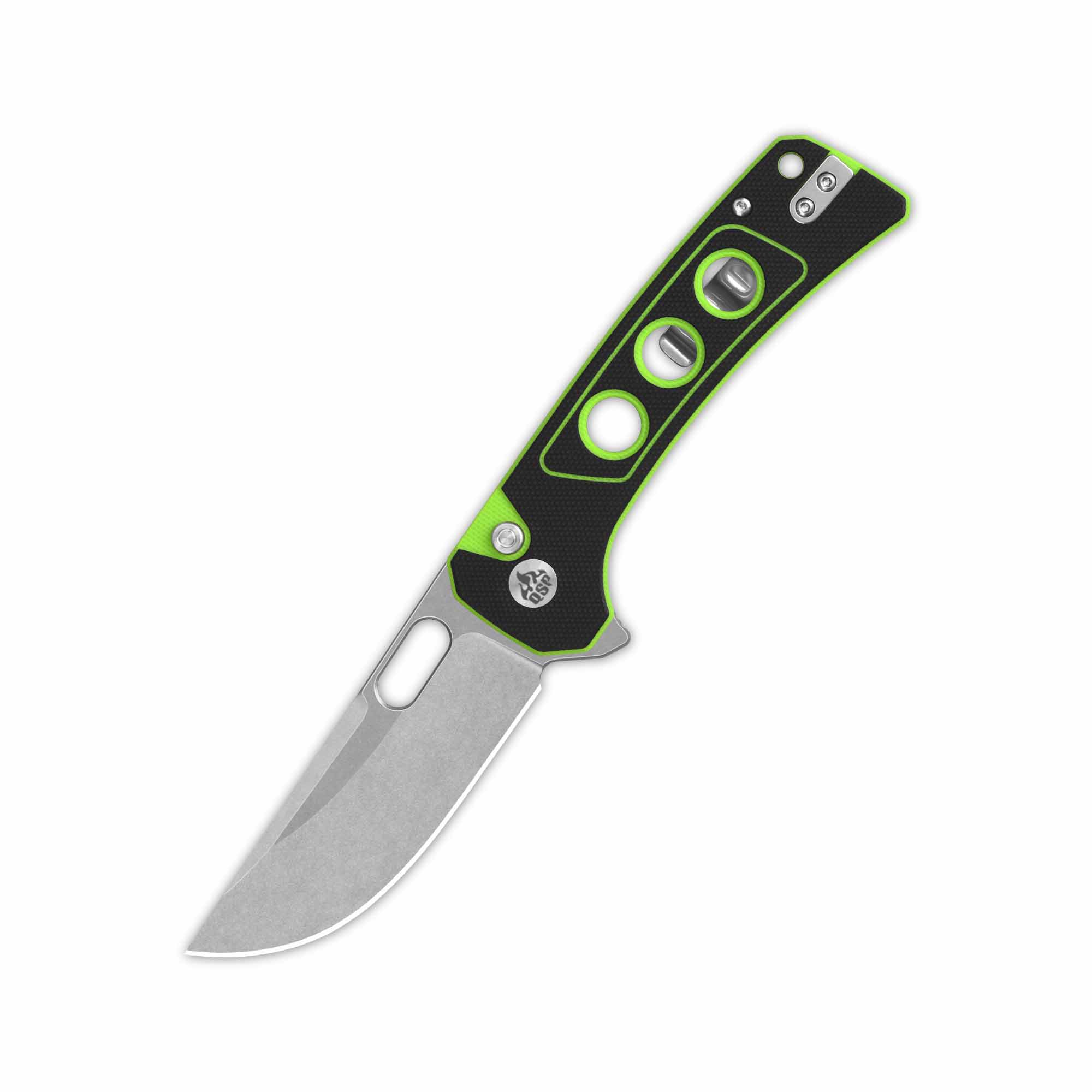The folding knife has a rich history that spans centuries, evolving from simple tools used by our ancestors to sophisticated instruments favored by outdoor enthusiasts and collectors alike. This article delves into the fascinating journey of the folding knife, examining its historical significance, design innovations, and contemporary applications.

Historical Significance of Folding Knives
The origins of the folding knife can be traced back to ancient civilizations. Archaeological findings suggest that the first folding knives were created around 500 BC in regions such as Greece and Rome. These early tools were primarily made of bronze and featured rudimentary mechanisms that allowed the blade to fold into the handle.
As time progressed, the folding knife became a staple in various cultures. In medieval Europe, for instance, these knives were often used by nobility and commoners alike. They served not only as tools for daily tasks but also as symbols of status and craftsmanship. The intricate designs and materials used in their construction reflected the artistry of the era.
Design Innovations in Folding Knives
Over the years, the design of the folding knife has undergone significant transformations. Today, modern folding knives incorporate advanced materials and innovative mechanisms. Some key innovations include:
- Locking Mechanisms: Modern folding knives often feature locking mechanisms, such as liner locks and frame locks, which enhance safety and usability.
- Blade Materials: High-carbon stainless steel and other advanced alloys are now commonly used, providing durability and resistance to corrosion.
- Ergonomic Designs: Contemporary folding knives are designed with user comfort in mind, featuring handles that provide a secure grip.
Contemporary Applications of Folding Knives
Today, the folding knife serves a multitude of purposes. From everyday carry (EDC) tools to specialized outdoor gear, these knives are versatile and practical. They are commonly used in:
- Outdoor Activities: Hikers, campers, and survivalists often rely on folding knives for tasks such as food preparation, cutting rope, and general utility.
- Everyday Carry: Many individuals carry folding knives as part of their daily toolkit, appreciating their convenience and functionality.
- Collecting: Folding knives have become a popular collectible item, with enthusiasts seeking unique designs and limited editions.
Choosing the Right Folding Knife
When selecting a folding knife, consider the following factors:
- Purpose: Determine what you will primarily use the knife for.
- Size: Choose a size that fits comfortably in your hand and pocket.
- Material: Look for high-quality materials that suit your needs.
For a wide selection of high-quality folding knives, visit  . Here, you can find various options that cater to both collectors and everyday users.
. Here, you can find various options that cater to both collectors and everyday users.
Conclusion
The folding knife has indeed come a long way from its ancient origins. Its evolution reflects not only advancements in technology and design but also the enduring human need for practical tools. Whether you are a collector, an outdoor enthusiast, or someone who appreciates craftsmanship, the folding knife remains an essential and fascinating instrument.








